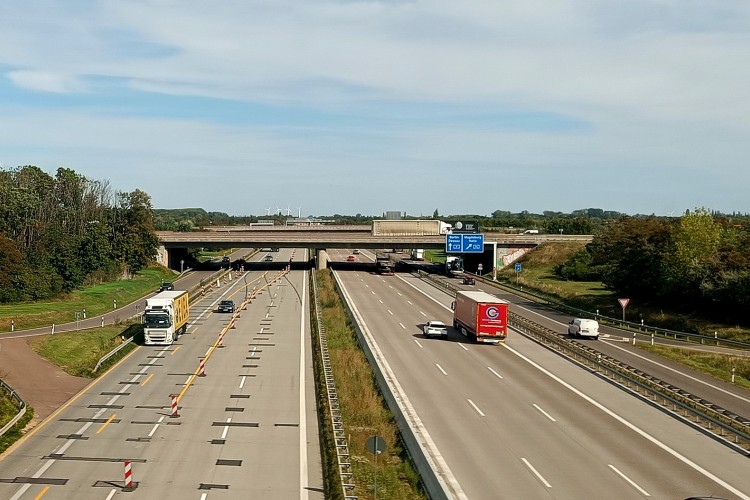The European Council has today adopted its position or ‘general approach’ on the proposed Euro 7 regulations for the type-approval of motor vehicles and engines, and of systems, components and separate technical units intended for such vehicles. The new regulation covers cars, vans and heavy-duty vehicles in a single legal act for the first time.
Like previous Euro categories, the latest standards aim to further lower air pollutant emissions from road transport in Europe. Commenting on the news, Héctor Gómez Hernández, acting minister for industry, trade and tourism, said:
“Europe is known across the globe for producing low-emission and top-quality cars. We want to continue pursuing the goal of improving air quality. Our position is to continue the path of leading the mobility of the future and adopting realistic emissions levels for the vehicles of the next decade while helping our industry make the definitive leap towards clean cars in 2035. The Spanish presidency has been sensitive to the different demands and requests of the member states and we believe that, with this proposal, we achieved broad support, a balance in the investment costs of the manufacturing brands and we improve the environmental benefits derived from the regulation.”
The Council says its general approach keeps the existing emission limits and test conditions for light-duty vehicles. In the case of heavy-duty vehicles, emission limits are lower and test conditions slightly adjusted. What new elements are covered by Euro 7?
According to the European Council, Euro 7 sets limits for non-exhaust emissions such as particles from brakes and tyres. It additionally covers minimum performance requirements for battery durability in electric cars, and imposes stricter vehicle lifetime requirements. The regulation also provides for the use of advanced technologies and emission-monitoring tools. The Council has suggested a number of “pragmatic changes to the Commission proposal” while also keeping in mind environmental and health objectives.
Those, among other things, are as follows:
- the Council position keeps existing test conditions and emissions limits (as established in Euro 6) for M1 and N1 vehicles (private passenger cars and vans)
- in the case of M2 and M3 vehicles (buses and coaches), and N2 and N3 vehicles (heavy commercial vehicles), emission limits are lower and test conditions slightly adjusted, in comparison with Euro 6/VI
- the Council text strengthens the alignment of brake particle emission limits and tyre abrasion rate limits with international standards adopted by the United Nations Economic Commission for Europe
- it takes into account the newly proposed 2030 zero-CO2 emissions target for urban buses
- it also sets clear deadlines for the adoption of implementing acts (by the Commission) in order to provide economic operators
What are the next steps The general approach agreed today formalises the Council’s negotiating position. It provides the Council presidency with a mandate for negotiations with the European Parliament, which will start as soon as the Parliament adopts its position.






